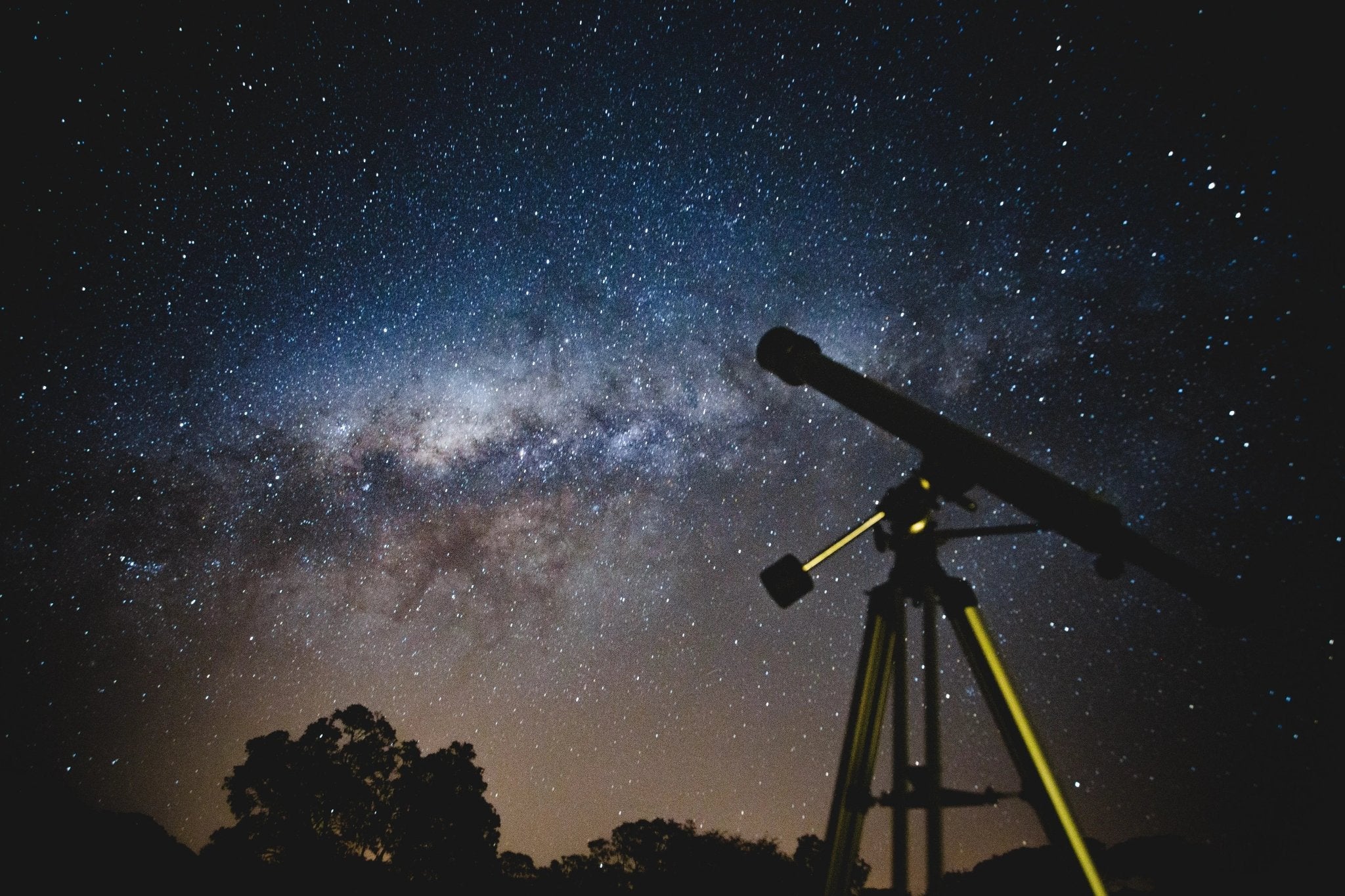Introduction:
Photographing solar eclipses is a thrilling endeavor that requires careful planning, proper equipment, and a deep understanding of safety precautions. Eclipse glasses offer a unique opportunity to capture the stunning celestial event while ensuring eye safety. This guide provides you with essential tips for successfully photographing a solar eclipse using eclipse glasses.
1. Safety First:
Protect your eyes and camera equipment by using certified eclipse glasses. Regular sunglasses or improvised filters can lead to severe eye damage and potential damage to your camera's sensor.
2. Equipment Preparation:
a. Camera: Use a digital single-lens reflex (DSLR) or mirrorless camera with manual settings for better control.
b. Lens: A telephoto lens with a focal length of at least 300mm is recommended to capture the eclipse's details.
c. Tripod: Stabilize your camera on a sturdy tripod to avoid shaky images during the extended exposure times.
3. Eclipse Glasses Photography Setup:
a. Attach your camera to the tripod and frame your shot, adjusting the composition before the eclipse begins.
b. Place the eclipse glasses in front of the camera lens, ensuring they fit securely and are properly aligned.
c. Use the camera's Live View mode to compose the shot and manually focus on the sun's crescent using the lens's manual focus ring.
4. Camera Settings:
a. ISO: Set a low ISO value (e.g., ISO 100 or 200) to maintain image quality and reduce noise.
b. Aperture: Choose a small aperture (high f-number) like f/8 or f/11 to ensure a sharp focus across the sun's disc.
c. Shutter Speed: Adjust the shutter speed to properly expose the image. Start with a fast shutter speed and gradually increase it as the eclipse progresses.
5. Eclipse Phases:
a. Partial Phases: Capture the partial phases of the eclipse as the moon gradually covers the sun's surface.
b. Totality (if applicable): During a total solar eclipse, remove the eclipse glasses only during the brief period of totality, when the sun is completely covered. Never look at the sun directly through the camera or viewfinder, even during totality.
6. Post-Processing:
a. Transfer your images to a computer and use photo editing software to enhance and refine your shots.
b. Adjust contrast, brightness, and sharpness to bring out the eclipse's details.
c. Be cautious not to over-edit, as this may lead to unnatural-looking results.
Conclusion:
Photographing a solar eclipse using eclipse glasses is a rewarding experience that requires careful planning, patience, and safety awareness. By following these guidelines, you can capture the captivating beauty of a solar eclipse while ensuring the safety of your eyes and equipment. Remember that safety should always be your top priority when photographing any celestial event.


